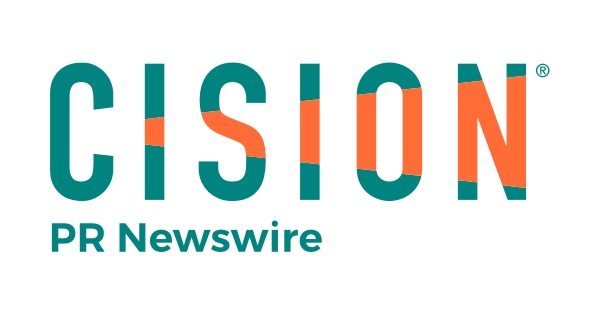-
According to the report “Seed Treatment Market by Type, Application Technique (Coating, Dressing, Pelleting), Function (Seed Protection and Seed Enhancement), Formulation, Crop Type (Cereals & Grains, Oilseeds, Fruits & Vegetables), and Region – Global Forecast to 2027″, published by MarketsandMarkets™, the market is estimated at USD 6.1 billion in 2022; it is projected to grow at a CAGR of 8.3% to reach USD 9.2 billion by 2027. Asia Pacific accounted for the fastest region, during the forecast period, in terms of volume and value, respectively.
Asia Pacific comprises of the largest developing countries with vast agricultural lands as compared to other regions. The per capita income of the region depends on the agricultural activities conducted in the countries. The key countries that play an important role in the agriculture sector in this region are India, China, Japan, and Thailand. Cereals & grains, fruits & vegetables, are the leading agricultural commodities grown in these countries. Rice cultivation and the predominance of small-scale manufacturers are widely seen across all the countries of Asia Pacific.
Non-chemical treatment by type is projected to have the highest growth rate in the seed treatment market.
Non-chemical seed treatment is achieved in two ways, namely, physical and biological seed treatment. Physical seed treatment includes activities, such as steam, heat, or irradiation for seed protection, which means they function by disinfecting the seeds through non-chemical methods. Since in physical seed treatment, there is no use of chemical methods; this type of seed treatment method is appropriate for organic farming to control bacteria that may harm seeds.
Biological seed treatment methods include microorganisms that are used to protect seeds against seed-and soil-borne diseases. This treatment method is an effective alternative to chemical seed treatment.
The seed enhancement segment by function is projected to grow with the highest growth rate in the seed treatment market over the forecast period.
Seed enhancement includes practices and technologies that improve the seed germination and seedling growth, thereby improving the overall crop’s harvested yield and quality. The seed enhancement market is further segmented into products, which enhance the viability of the seed and functions that include processes used to enhance seeds. There has been an increase in research & development investments carried out to develop new and better products, such as biofertilizers and crop protection chemicals, biologicals.Treatments such as pelleting, film-coating, and encrusting are included, which improve seed sowing. Some treatments, such as nutrients, enhance nutrient availability or provide inoculates required for seedling establishment.
https://mnmblog.org/seed-treatment-market-8.html
The liquid solution segment by formulation is projected to grow with the highest CAGR of the seed treatment market over the forecast period.
Formulations have a significant impact on the survival of microbial during the process of product elaboration, storage, and application. The growth of microrganisms depends in various physical and chemical properties of the seed treatment formulations used. The liquid solution, also known as ‘quick wet’ method, is used for mainly for seed protection. For instance, fungicides can be applied to the seed and mixed well ensures proper coating of the solution. The free-flowing liquid solution then penetrates the seed coat, instead of sitting on the surface. This method can be used for fertilizer and nutritents such as trace elements. As there is high absorption rate, less of the product is required to be applied on the seeds.
Asia Pacific is projected to be the fastest growing region in the seed treatment market during the forecast period
Asia Pacific seed treatment market is projected to grow with highest CAGR due to the growing agriculture industry in China and Japan. Demand for seed treatment has been growing in this region, due to global players increasing their investments of business lines in agricultural inputs to exclusively meet the demand of crop growers to attain export quality. Additionally, the regulations for seed treatment are favorable in this region. China is estimated to account for the largest share in the Asia Pacific seed treatment market.

